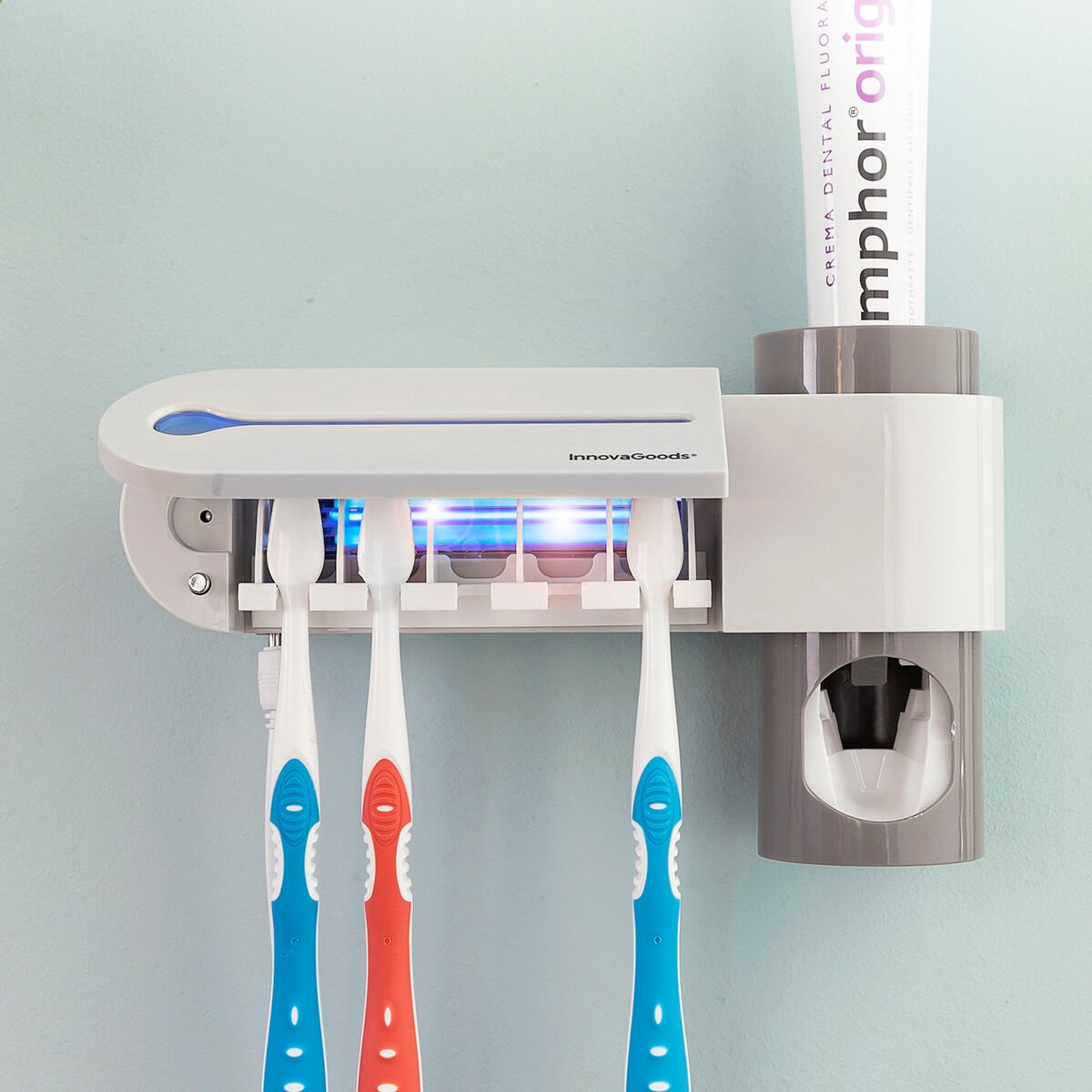In our quest for optimal oral health, we often prioritize the tools we use—like electric toothbrushes. These high-tech devices have revolutionized our daily dental routines, making brushing more efficient and effective. However, as we embrace innovation in our oral care, an important question arises: how do we ensure that our electric toothbrushes remain clean and hygienic? Enter electric toothbrush sanitizers, the ultimate upgrade for anyone serious about their dental hygiene.
The Importance of Oral Hygiene
Before delving into the specifics of sanitizers, it’s essential to understand why oral hygiene matters. Poor oral hygiene can lead to a range of issues, from cavities and gum disease to more severe health problems. Studies have shown a direct link between oral health and overall health, highlighting the importance of maintaining a clean mouth. Regular brushing with a quality toothbrush is a fundamental aspect of oral care. However, if your toothbrush itself is contaminated, you may be undermining your efforts.

Why Electric Toothbrushes?
Electric toothbrushes are praised for their ability to provide a deeper clean compared to manual brushing. They typically have features such as built-in timers, pressure sensors, and multiple cleaning modes that can cater to different oral care needs. While they make brushing easier and more effective, they also require proper maintenance.
The Hidden Bacteria in Your Toothbrush
Research indicates that toothbrushes can harbor a significant amount of bacteria. When you brush your teeth, debris from your mouth can transfer to the bristles, creating an environment for bacteria to thrive. According to a study published in the American Journal of Dentistry, some toothbrushes can contain harmful pathogens like E. coli and even fecal bacteria. This is particularly concerning for those with weakened immune systems or ongoing dental issues.
Enter the Toothbrush Sanitizer
Toothbrush sanitizers are devices designed to eliminate bacteria, viruses, and other harmful microorganisms from your toothbrush. They use various technologies, including UV light, heat, and antimicrobial solutions, to achieve a higher level of cleanliness. Here’s how they work and why they’re an essential addition to your oral hygiene routine.
How Do Toothbrush Sanitizers Work?
- UV Light Sanitizers: These devices use ultraviolet light to kill bacteria and viruses. When you place your toothbrush inside the sanitizer, the UV light penetrates the microorganisms, effectively neutralizing them. Research has shown that UV sanitizers can reduce bacterial counts by over 99%.
- Heat Sanitizers: Some sanitizers use heat to eliminate germs. By heating the bristles to a specific temperature, these devices can kill bacteria without damaging the toothbrush.
- Antimicrobial Solutions: These sanitizers utilize specialized solutions that can be effective in killing germs. They are often combined with other sanitizing methods for enhanced effectiveness.
Benefits of Using a Toothbrush Sanitizer
- Enhanced Oral Hygiene: Regularly sanitizing your toothbrush can significantly reduce the risk of oral infections and diseases. By ensuring that your toothbrush is free from harmful bacteria, you can brush with peace of mind, knowing you’re doing everything possible to maintain your oral health.
- Extended Lifespan of Your Toothbrush: Bacteria can degrade the materials used in toothbrushes over time. By keeping your toothbrush clean, you can extend its lifespan, making it a more cost-effective choice in the long run.
- Convenience: Most toothbrush sanitizers are compact and easy to use. You can sanitize your toothbrush in just a few minutes after each use, integrating it seamlessly into your routine. Many devices are also portable, making them ideal for travel.
- Eliminates Odors: Over time, toothbrushes can develop unpleasant odors due to bacteria buildup. Using a sanitizer can help eliminate these odors, ensuring your toothbrush remains fresh.

How to Choose the Right Toothbrush Sanitizer
With a wide range of toothbrush sanitizers available on the market, it can be challenging to choose the right one. Here are some factors to consider:
- Type of Sanitization: Decide whether you prefer a UV, heat, or antimicrobial solution sanitizer. Each has its advantages, and your choice may depend on personal preference or specific needs.
- Size and Portability: If you travel frequently, consider a compact sanitizer that can easily fit in your luggage.
- User-Friendly Design: Look for a sanitizer that is easy to operate. Some models come with automatic timers, while others may require manual activation.
- Price and Warranty: Set a budget and compare different models. Some sanitizers may come with warranties or satisfaction guarantees, providing added peace of mind.
How to Use a Electric Toothbrush Sanitizer
Using a toothbrush sanitizer is straightforward:
- After Brushing: Rinse your toothbrush under water to remove toothpaste and debris.
- Place in Sanitizer: Insert the toothbrush into the sanitizer according to the manufacturer’s instructions.
- Activate the Device: Start the sanitization process. Most sanitizers will have a timer indicating when the process is complete.
- Store Properly: Once sanitized, store your toothbrush in a clean, dry place, avoiding contact with other toothbrushes.
Conclusion
Upgrading to a toothbrush sanitizer can significantly enhance your oral hygiene routine. By ensuring your electric toothbrush remains clean and free from harmful bacteria, you’re taking proactive steps toward better dental health. With so many options available, investing in a quality sanitizer is not only a smart choice but a necessary one for anyone committed to maintaining optimal oral hygiene.
Incorporating a toothbrush sanitizer into your daily routine is a small change that can lead to substantial benefits. By doing so, you elevate your oral care to a new level, making your dental health a top priority. So, if you haven’t already, consider adding a toothbrush sanitizer to your bathroom counter—your mouth will thank you!



